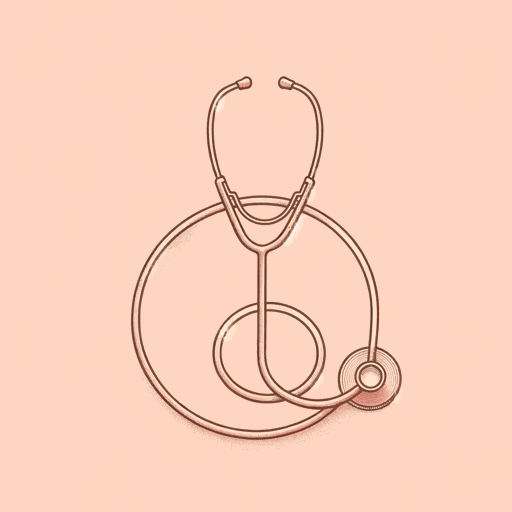41 pages • 1 hour read
Rachel PearsonNo Apparent Distress: A Doctor’s Coming of Age on the Front Lines of American Medicine
Nonfiction | Autobiography / Memoir | Adult | Published in 2017A modern alternative to SparkNotes and CliffsNotes, SuperSummary offers high-quality Study Guides with detailed chapter summaries and analysis of major themes, characters, and more.
Summary and Study Guide
Overview
No Apparent Distress: A Doctor’s Coming of Age on the Front Lines of American Medicine is author Rachel Pearson’s 2017 account of her intensive medical education and the initial years of her career as a physician. She focuses on stories that illustrate her themes of medical ethics, regret, depression, bias against the poor, and racism. Rather than bogging the reader down in medical jargon, Pearson uses anecdotes to convey her experiences to a layman audience.
Pearson opens the memoir recounting a grievous mistake she made that led to the death of a patient, Mr. Rose. She later reveals she made this error in her second year of medical school. During a hands-on examination, Pearson noticed a mass of tumors in Mr. Rose’s belly but diagnosed his condition too late to take action against the cancer.
After the introduction, Pearson describes her family and childhood, which were both happy and fulfilling. Her father never went to college, which has made it important to him that Pearson and her brother receive college educations. Although she sees herself as a writer, she eventually decides to become a doctor after working at an abortion clinic the summer after college. The stories of the women she speaks with are far more significant to her than the stories she and her classmates write.
Pearson moves to Portland to take a pre-med program and quickly befriends a gay man named Frank. Frank is vulnerable to depression and later kills himself while in the program. Pearson moves to Galveston to begin medical school at the University of Texas Medical Branch. She finds the school experience impersonal and sterile, lacking in affection and a human touch she associates with proper, compassionate medical care. She works at a clinic serving the uninsured and becomes aware of the privileges for medical help that are not always available to the poor.
In her second year, Pearson grows depressed and contemplates suicide, but her experience with Frank, as well as the support of her brother, help her avoid it. As her education progresses, she describes her involvement with neurology, trauma, surgery, dermatology, and many other areas in which physicians can specialize. She also delves into the relative values of each, including the amount of money a specialist can make in different fields.
Throughout the memoir, Pearson continues to think of herself as a writer and decides that her personality is too varied to define herself with one identity such as only a doctor or writer. She will continue to pursue both and believes that practitioners of medicine would be happier and healthier—as would their profession—if they refused to identify themselves with a singular discipline.
No Apparent Distress is a conversational memoir that presents many of the sobering realities of life as a physician, without ever becoming melodramatic, self-pitying, or too abstruse with medical jargon.

